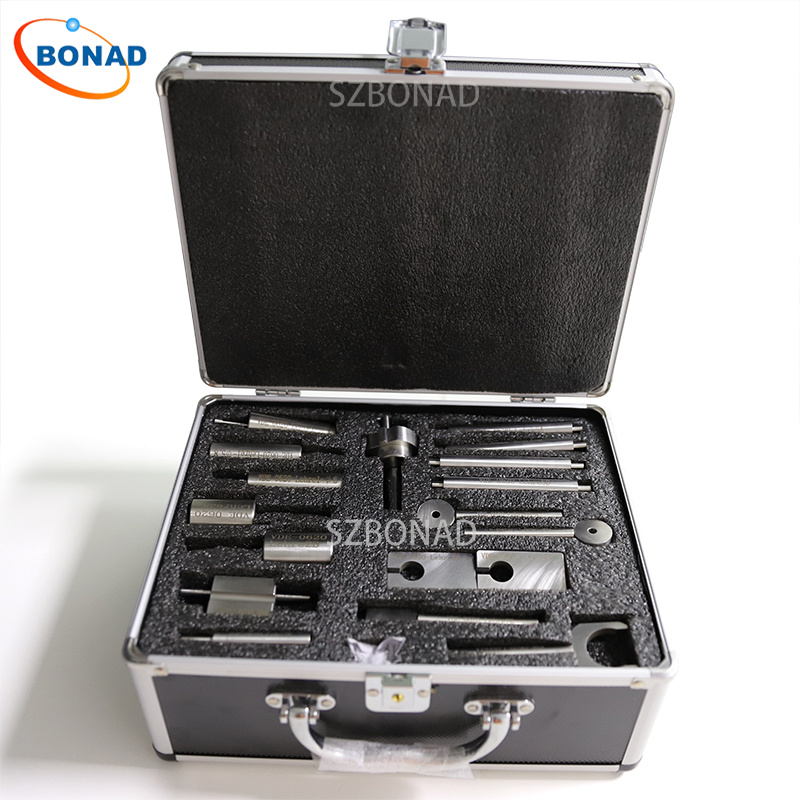The principle of UV aging test is to use UV light source to simulate the UV part of sunlight, irradiate the sample, and make it produce photochemical reaction and physical change. The UV wavelength range is 200-400 nanometers, among which the UVA band (320-400 nanometers) and UVB band (280-320 nanometers) have a greater impact on the aging of materials. Long-term UV irradiation will cause degradation, oxidation, cross-linking and other reactions on the surface of the material, thereby affecting its performance and appearance.
The main steps of UV aging test are as follows:
- Select a suitable UV light source: According to the test requirements, select a UV light source with corresponding spectral distribution and power. Commonly used UV light sources include xenon lamps, deuterium lamps, carbon arc lamps, etc.
- Set test conditions: Set test parameters such as temperature, humidity, and irradiance according to the actual application scenario. At the same time, the test time also needs to be determined, which usually ranges from a few hours to a few months.
- Prepare samples: Make the material to be tested into a sample of standard size, and ensure that the surface of the sample is flat, scratch-free, and pollution-free. For liquid materials such as paint and plastic, they need to be coated on an appropriate substrate for testing.
- Install the sample: Install the sample in the test box under the UV light source, and ensure that the distance between the sample surface and the light source is appropriate to ensure uniform irradiation.
- Conduct the test: Start the UV light source and irradiate the sample. During the test, it is necessary to regularly check the appearance and performance changes of the sample, such as color changes, reduced gloss, and reduced hardness.
- Result analysis: Evaluate its weather resistance and service life based on the changes of the sample during the test. In addition, the best protection measures and improvement plans can be found by comparing samples of different materials or different treatment methods.
UV aging test has the following advantages:
- It can simulate the UV radiation in the actual use environment, making the test results closer to the actual situation.
- The performance changes of the material can be observed in a short time, shortening the R&D cycle.
- By changing the test conditions, the influence of different factors on material aging can be studied, providing a basis for product design and improvement.


